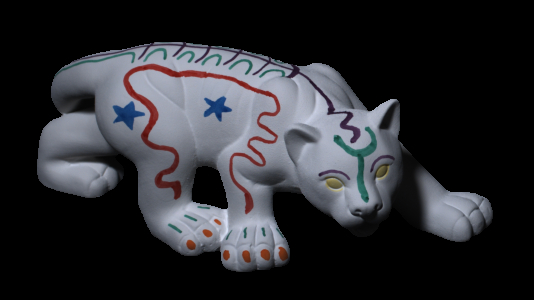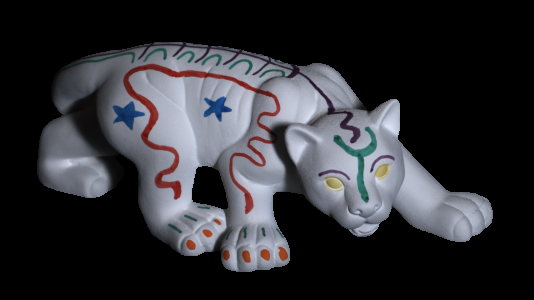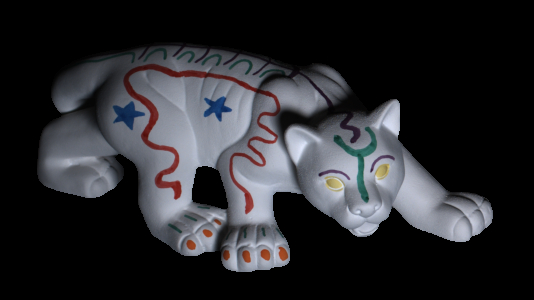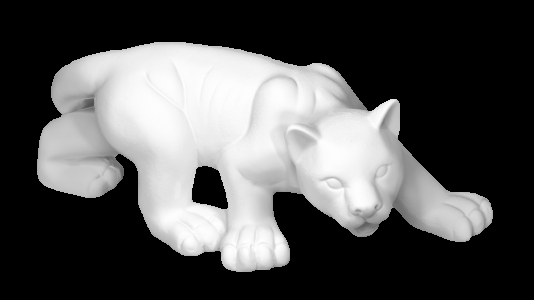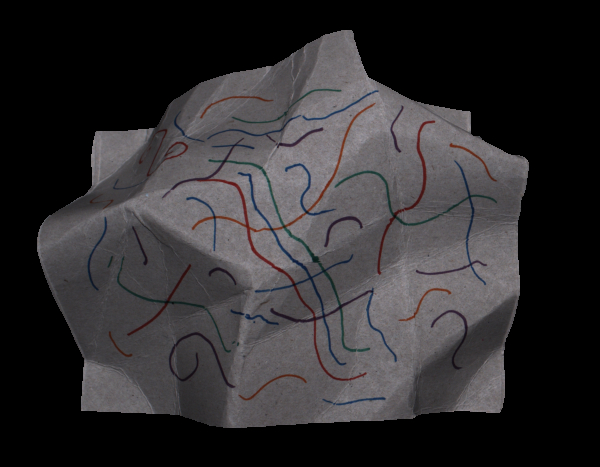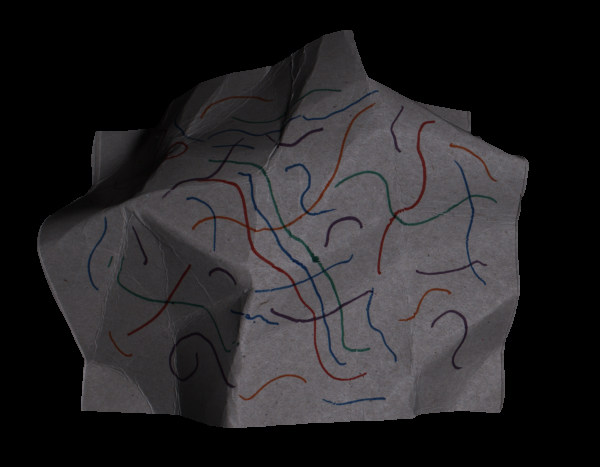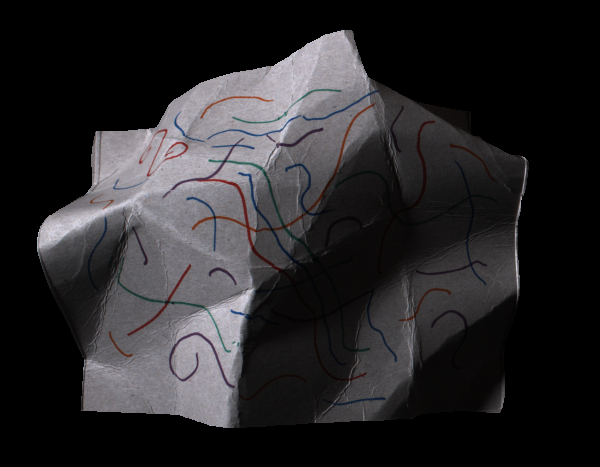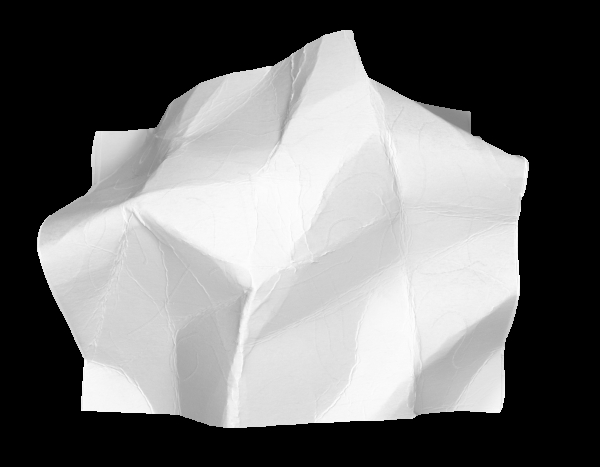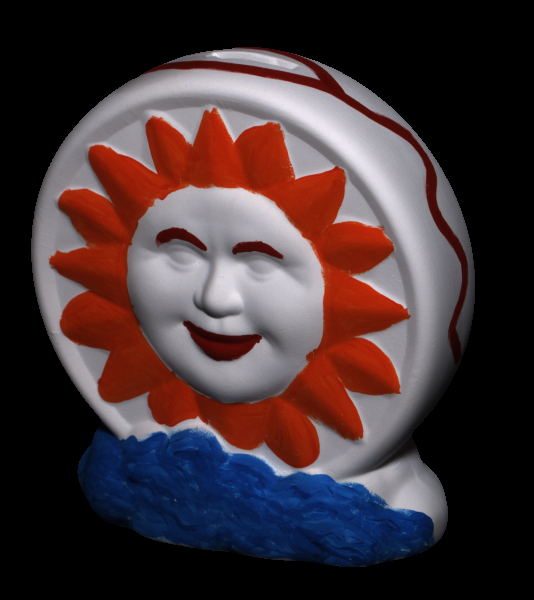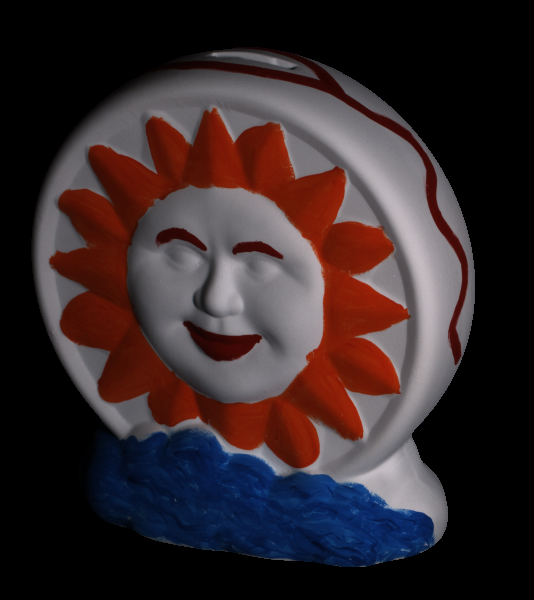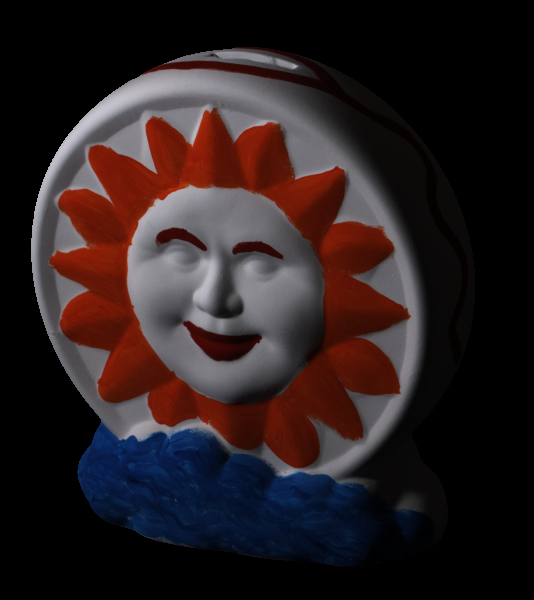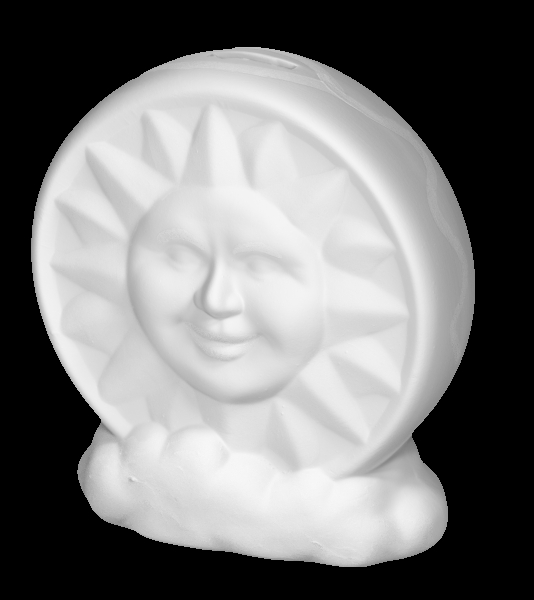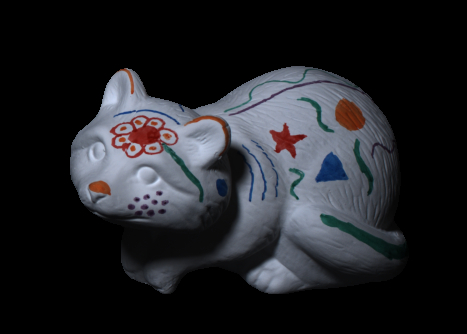
Surface shade is a function of the surface normal and the direction of the illumination. Additionally, reflected rays from nearby surfaces and ambient light also effect the way we observe the shading of an object. In Computer Graphics, during rendering of an artificial scene, it becomes very time consuming to simulate how an object must be shaded such that it looks more realistic. Thus, for this purpose a short representation, called as the ambient occlusion (AO), for the object shading is estimated. Ambient occlusion represents how exposed each point in a scene is to the ambient lighting.
Compared to local methods like Phong shading, AO is a global method where the illumination at each point is a function of other geometrical elements in the scene. But it must not be forgotten that it is a rough approximation of the true global illumination.
As 3D object scanners became much more available nowadays, more computer graphics applications are using 3D models of real-worldobjects. Therefore, here, we shortly present our results for estimating the AO from stacks of images for the use of real world objects in graphics applications.
Below we provide examples of the estimated AO maps for some image stacks. We show some input images of the objects that are captured from a fixed view point and lighted from different but unknown directions. The lower right images show the estimated ambient occlusion map.


